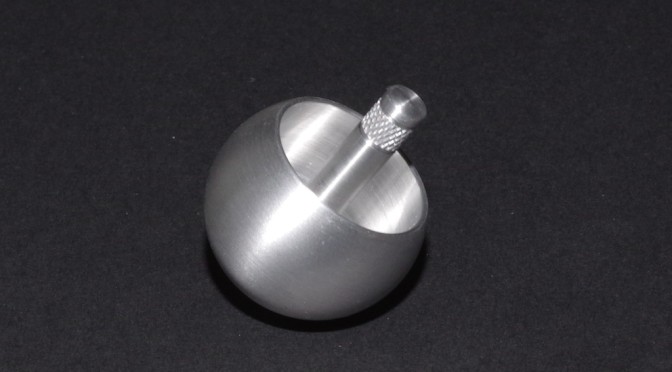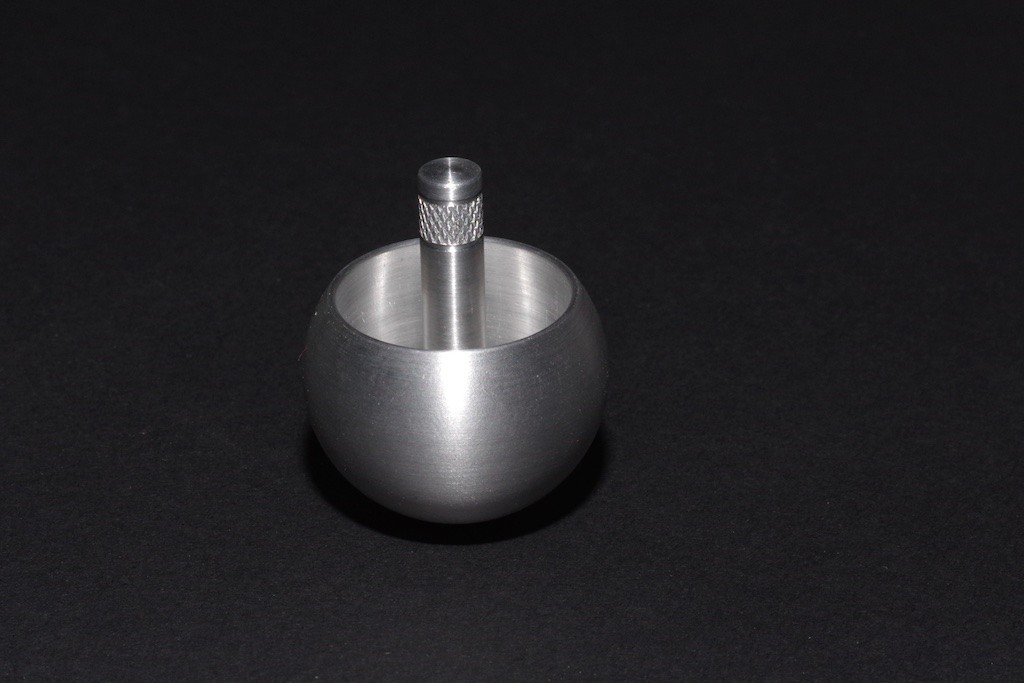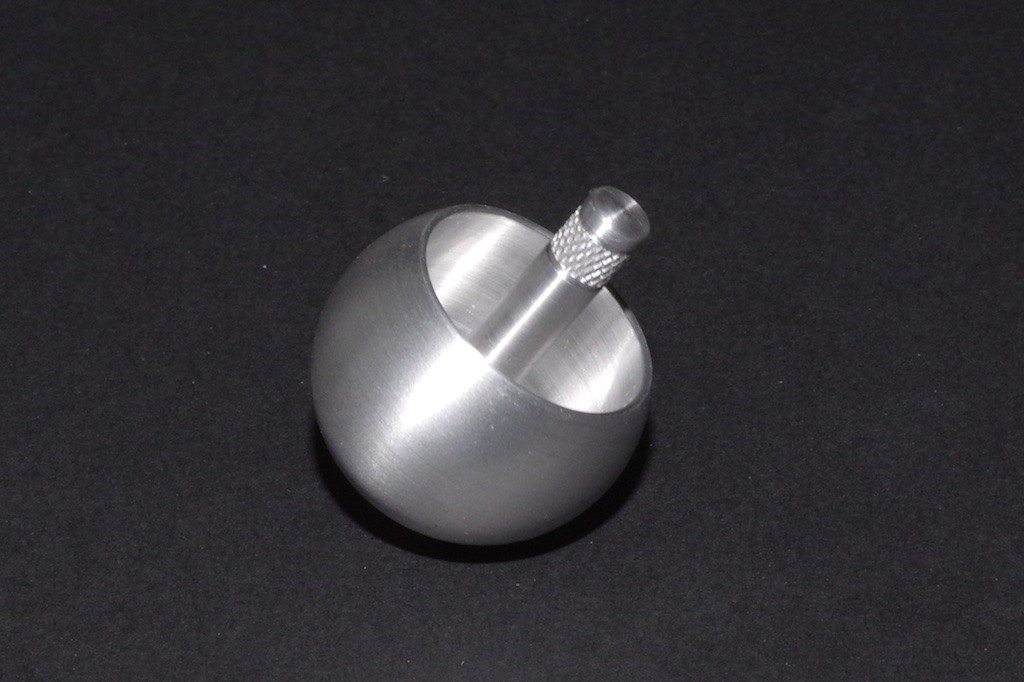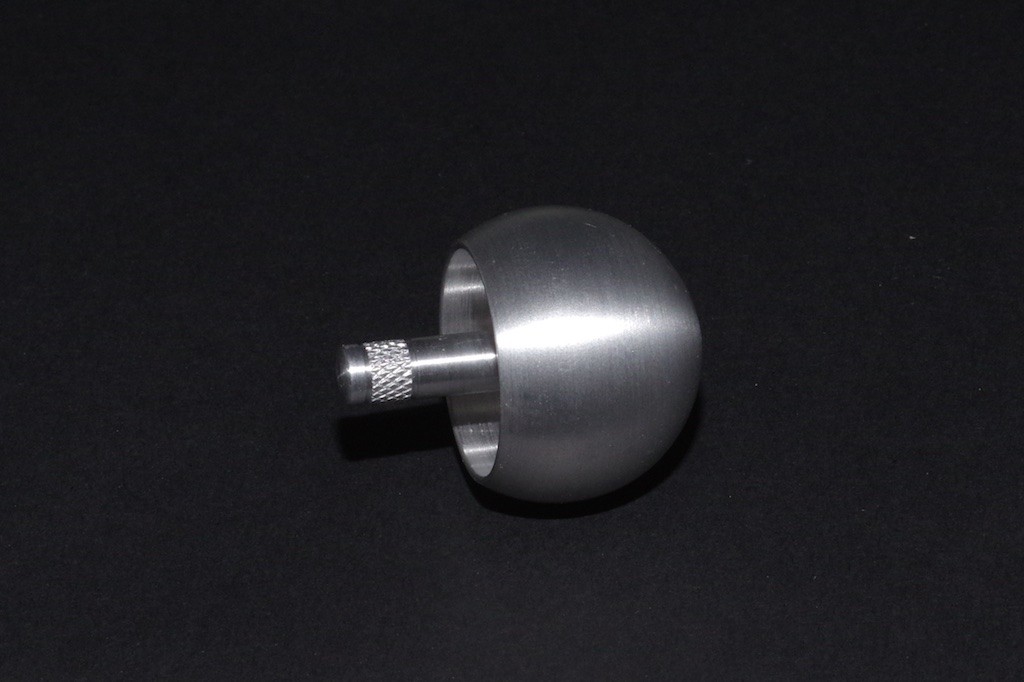Radio virgin
There is an old saying that if a job is worth doing it is worth buggering about a lot before you start (or something like that). At the tender age of 23, I got my backside in gear and got involved with hospital radio. I phoned in match reports from Elland Road, a tricky task at that time, trying to make the games sound interesting. It was also long before the advent of mobile phones (at least for me) so I had to use a pay phone in the back of the bar which meant constant interruptions. Anyway, my real job got in the way of my budding radio career before I even graduated to having my own show. I said I would go back to it once I had more time. Just thirty one years later I am back!
I left the world of corporate IT just before Christmas and said at the time it was a chance to do things I wanted to do rather than things I had to. Something in radio was secretly part of that list. But, if opportunities for a 23 year old in 1984 were limited, surely a 54 year old today has no chance? At least that is what I thought. However, while on holiday in Florida over Christmas I did a bit of a web trawl and the South Leeds Media site caught my eye. Formerly known as South Leeds Community Radio, these nice people offer radio production courses amongst other things. I fired off an email and, just two months later, got a reply. I told you there was no point rushing these things. Anyway, it turned out there was a course about to start and would I like a place? Yes please was the obvious reply and I was in.
The course
So, on a cold Tuesday night, six of us sat rather nervously in the studio in Beeston and wondered what we had let ourselves in for. (As did Phil – the technical brains of the outfit who was our tutor.)The course consisted of four sessions, each a couple of hours long. Week one was introducing us to the techie equipment – very different to 1984. We soon got to play with the mixing desk, studio and guest microphones, pc media players, CD players and headphones. We also got to look at the stuff we weren’t allowed to touch – compressors and clever stuff like that. These came under the heading of “if you don’t understand what these do – leave them alone” – wise advice in any working environment.
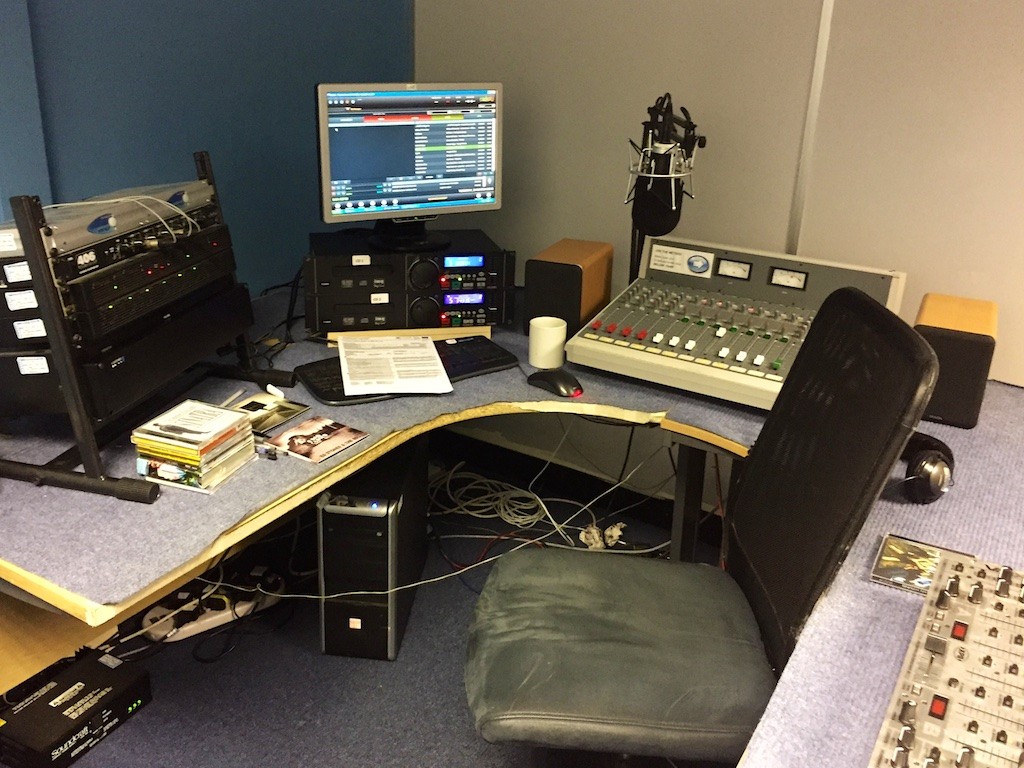
Week two was devoted to the software to be used – RadioDJ to play the music and Adobe Audition to record and edit the shows. In true IT style, I scurried away to download the software at home and play with it there. Nothing scary, except that it is PC based and we have recently switched to Apple. Once I was comfortable with both packages, I realised that GarageBand would do a good job and the old laptop was mothballed once again – narrowly averting Ruth’s nightmare of a Houston style control centre consisting of multiple desktops and laptops.
By the third week we had lost a couple of the original group but gained others. The topic for the week was interviewing techniques. Portable recorders were explained and dished out and role playing chaos ensued. Remembering to speak into the pointy end before aiming the microphone at the interviewee is not as easy as it looks. Not swearing is quite a challenge as well. Making an idiot of yourself is fine – there is an edit facility. If only life were like that.
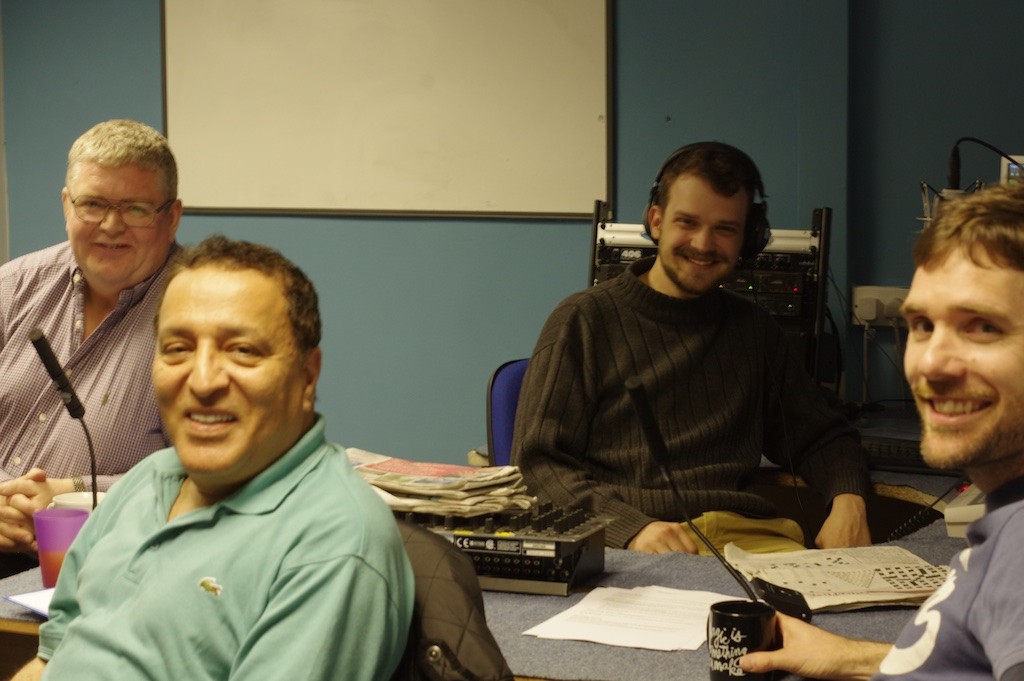
By week four, we were putting together a programme, all of us taking turns to present, interview, be interviewed etc. Hopefully, this will never see the light of day but good fun nevertheless. We were then invited back to speak to the station managers and pitch ideas for programmes. I went with a music show based on the classic era of soul music – early sixties to mid seventies, plus a bit of disco and modern soul as I see fit. They were happy with it and I have now recorded two shows with a third to come this week. I am still waiting to hear when they will be scheduled, maybe it is their way to wait until I have practised a bit before unleashing me! It is certainly a strange experience to sit in a room and talk to yourself. Strangely enough i did this quite a lot towards the end of my time with a certain bank so should have been good preparation!
I suppose it is a bit like passing a driving test. only by being allowed out unsupervised do you learn how to drive. My two attempts so far have certainly taught me things to avoid doing but, after thirty one years waiting, I don’t care if things are a bit rough around the edges. i am enjoying it immensely and, one way or another, I will get better!
The show
As a preview, I have uploaded show one to Mixcloud. Remember – it is not as easy as it looks!! Feedback and requests welcome.
Soul Man 1 by Roy Burgess on Mixcloud


